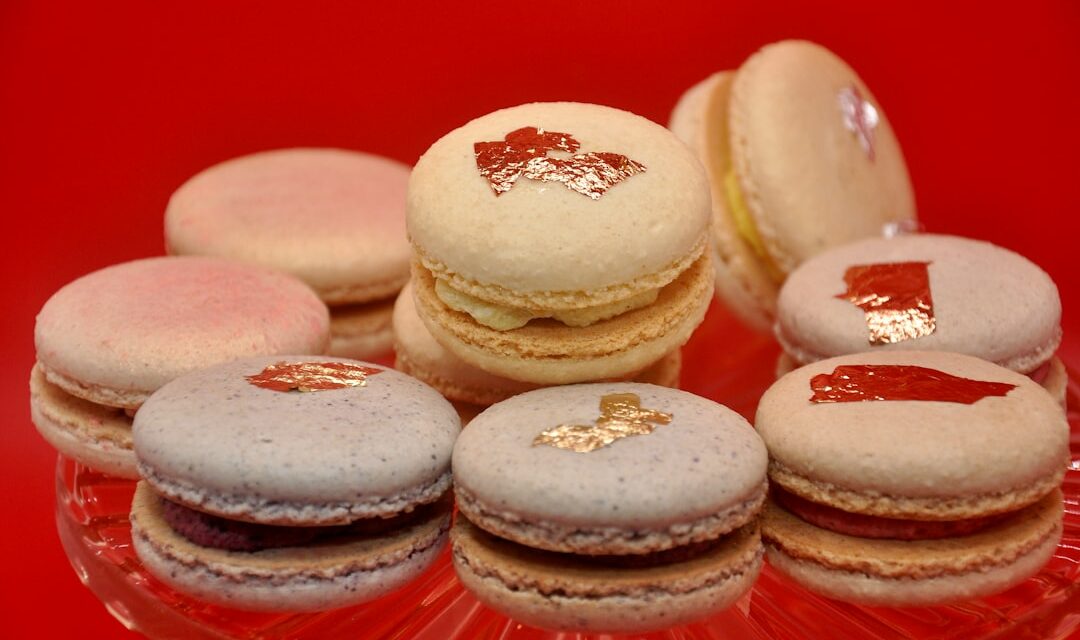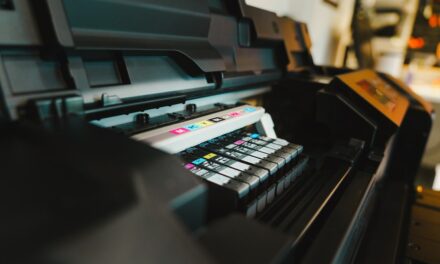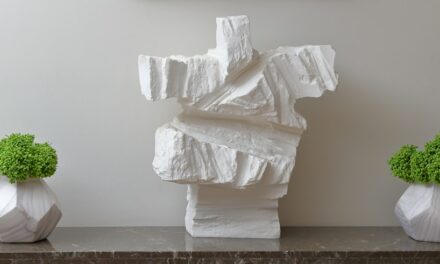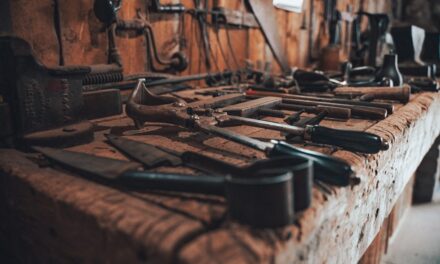Gilding is the art of applying a thin layer of gold or a gold-like substance to a surface, creating a luxurious and visually striking finish. This technique has been employed for centuries across various cultures and artistic disciplines, from architecture to fine art, and even in the realm of decorative crafts. The process not only enhances the aesthetic appeal of an object but also serves to protect the underlying material from environmental damage.
Gilding can be achieved through various methods, including the application of gold leaf, gold paint, or other metallic finishes, each offering a unique texture and sheen that can transform ordinary items into extraordinary works of art. The allure of gilding lies not only in its visual impact but also in its historical significance. Gold has long been associated with wealth, power, and divinity, making gilded objects highly sought after throughout history.
The shimmering quality of gold reflects light in a way that few other materials can, imbuing surfaces with a sense of opulence and grandeur. As such, gilding has been used to adorn everything from religious icons and royal regalia to furniture and picture frames, making it a versatile technique that continues to captivate artists and craftsmen alike.
Summary
- Gilding is the process of applying a thin layer of gold or gold-like material to a surface for decorative purposes.
- Gilding has been used for thousands of years, with evidence of its use dating back to ancient Egypt and Greece.
- Materials and tools needed for gilding include gold leaf, gilding adhesive, a gilder’s tip, and a soft brush for burnishing.
- Techniques for applying gold leaf include water gilding, oil gilding, and reverse gilding.
- Different types of gilding include traditional gilding, verre églomisé, and spray gilding.
A Brief History of Gilding
The origins of gilding can be traced back to ancient civilisations, where it was employed in various forms for decorative purposes. The Egyptians, for instance, used gilding extensively in their tombs and temples, believing that gold would ensure the immortality of the deceased. This practice was not limited to Egypt; the Greeks and Romans also embraced gilding, using it to embellish sculptures, pottery, and architectural elements.
The techniques evolved over time, with artisans developing increasingly sophisticated methods to apply gold leaf and other materials, reflecting the cultural values and artistic trends of their respective eras. During the Middle Ages, gilding became a prominent feature in religious art, particularly in the creation of illuminated manuscripts and altarpieces. The use of gold leaf in these works was not merely decorative; it symbolised divine light and the presence of God.
As the Renaissance unfolded, gilding experienced a resurgence as artists sought to revive classical techniques and aesthetics. This period saw the emergence of new methods, such as water gilding and oil gilding, which allowed for greater precision and durability. The practice continued to evolve through the Baroque and Rococo periods, where it reached new heights of extravagance, adorning everything from grand palaces to intricate furniture.
Materials and Tools Needed for Gilding
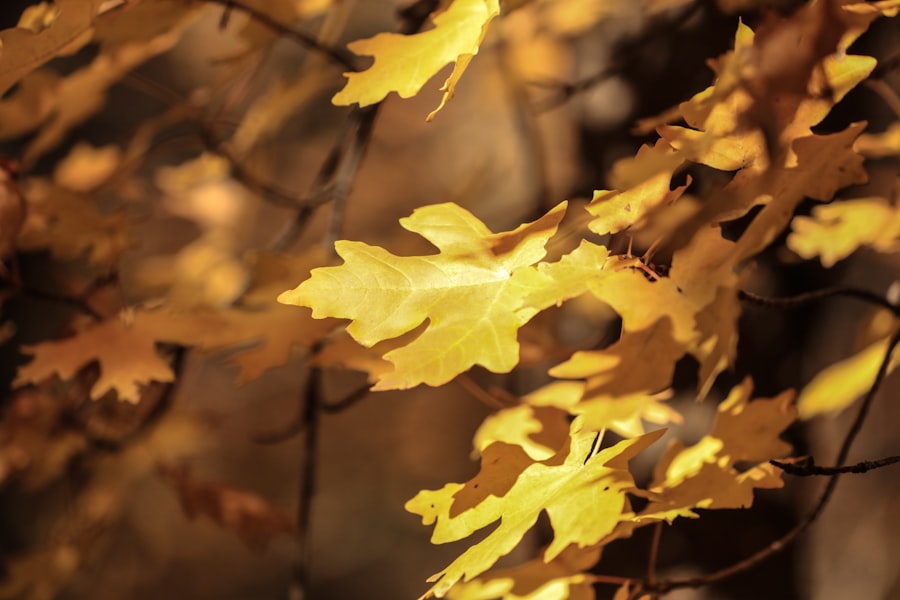
To embark on a gilding project, one must gather a selection of essential materials and tools that will facilitate the process. The most critical component is, of course, the gold leaf itself. Available in various karats and thicknesses, gold leaf can be purchased in sheets or rolls.
For those seeking a more affordable alternative, imitation gold leaf made from materials such as brass or copper is also widely available. Additionally, one may choose to use gold paint or liquid gold for certain applications where traditional leaf may be impractical. In terms of tools, a soft brush is indispensable for applying the gold leaf smoothly onto the surface.
A gilding knife or blade is also necessary for cutting the leaf into manageable pieces. For preparing the surface to be gilded, an adhesive known as size is required; this can be either water-based or oil-based depending on the desired finish. Other helpful tools include a burnisher for polishing the gilded surface and a clean cloth for removing any excess adhesive or dust.
Having these materials and tools on hand will ensure a successful gilding experience.
Techniques for Applying Gold Leaf
There are several techniques for applying gold leaf, each with its own unique characteristics and requirements. One of the most traditional methods is water gilding, which involves applying a layer of adhesive size to the prepared surface before laying down the gold leaf. This technique requires a high level of skill and precision, as the gold leaf must be carefully placed while still wet to achieve a seamless finish.
Once applied, the surface is burnished with a smooth tool to create a reflective sheen that enhances the richness of the gold. Another popular method is oil gilding, which uses an oil-based size that allows for more flexibility in application. This technique is particularly useful for outdoor projects or items that will be subjected to wear and tear, as it provides a more durable finish compared to water gilding.
Oil gilding can be applied over a wider range of surfaces and does not require immediate placement of the gold leaf, allowing for adjustments during the application process. Each technique offers distinct advantages and challenges, making it essential for artisans to choose the method that best suits their project’s requirements.
Different Types of Gilding
Gilding can be categorised into several types based on the materials used and the techniques employed. The most recognised form is traditional gold leaf gilding, which involves applying real gold leaf to surfaces for an authentic appearance. However, there are also various alternatives such as silver leaf gilding and imitation gold leaf gilding.
Silver leaf provides a striking contrast to gold and can create an elegant finish when used alongside other materials. Imitation gold leaf offers a cost-effective solution while still delivering an attractive appearance; it is often used in decorative arts where budget constraints are a consideration. Another type worth mentioning is called “gilded glass,” which involves applying gold or silver leaf to glass surfaces.
This technique has been used historically in stained glass windows and decorative glassware, creating stunning visual effects when light passes through. Additionally, there is “gilding with metal powders,” where finely ground metallic powders are mixed with adhesives to create a similar effect without using traditional leaf. Each type of gilding serves different artistic purposes and allows artisans to explore various aesthetics while maintaining the luxurious appeal associated with gilded surfaces.
Common Applications of Gilding

Gilding finds its application across a wide array of fields, showcasing its versatility as both an artistic technique and a practical solution for enhancing objects’ visual appeal. In fine art, artists often use gilding to embellish paintings or sculptures, adding depth and richness to their work. Religious artefacts frequently feature gilded elements as well; altars, icons, and ceremonial objects are often adorned with gold leaf to signify their sacred nature.
The reflective quality of gold serves not only as decoration but also as a means of conveying spiritual significance. In addition to fine art and religious applications, gilding is commonly employed in interior design and architecture. Gilded mouldings, frames, and furniture pieces can elevate an entire room’s aesthetic by introducing an element of luxury and sophistication.
Architectural details such as domes or cornices may also be gilded to create striking focal points within buildings. Furthermore, contemporary craftspeople utilise gilding in various decorative projects ranging from home décor items to fashion accessories, demonstrating that this ancient technique remains relevant in modern design contexts.
Tips and Tricks for Successful Gilding
Achieving successful results in gilding requires careful preparation and attention to detail throughout the process. One crucial tip is to ensure that the surface being gilded is clean and free from dust or grease; any imperfections can affect how well the gold adheres and how smooth the final finish appears. It is advisable to sand or prime surfaces before applying size to create an ideal foundation for gilding.
Additionally, working in a controlled environment with minimal airflow can help prevent dust particles from settling on wet adhesive or gold leaf during application. Timing is another critical factor in successful gilding; understanding when to apply the gold leaf relative to the size’s drying time is essential for achieving optimal adhesion. For water gilding, it is best to apply the leaf while the size is still tacky but not overly wet; conversely, oil gilding allows for more flexibility in timing since it remains workable for longer periods.
Finally, patience is key—taking time during each step will yield better results than rushing through the process.
Modern Innovations in Gilding Techniques
As technology advances, so too do the techniques associated with gilding. Modern innovations have introduced new materials and methods that enhance traditional practices while expanding their applications. For instance, advancements in synthetic materials have led to the development of high-quality imitation gold leaf that closely mimics the appearance of real gold at a fraction of the cost.
These products are often more durable than traditional leaf and can withstand environmental factors better than their predecessors. Moreover, digital technologies have begun to play a role in contemporary gilding practices. Laser cutting techniques allow artisans to create intricate designs that can be easily replicated on various surfaces before applying gold leaf or metallic finishes.
This fusion of traditional craftsmanship with modern technology opens up exciting possibilities for artists and designers alike, enabling them to push boundaries while maintaining the timeless allure associated with gilded objects. As we move forward into an increasingly digital age, it will be fascinating to see how these innovations continue to shape the future of gilding as both an art form and practical application.
For those interested in exploring more about the evolution of artistic techniques and their historical contexts, a related article worth reading is An Introduction to Prehistoric Art. This piece delves into the origins of art in human history, providing insights into the materials and methods used by our ancestors, which lays a foundational understanding for appreciating more complex techniques like gilding that developed in later periods. Understanding these primitive beginnings enriches our appreciation of the sophistication and cultural significance that techniques like gilding represent in the art world.
